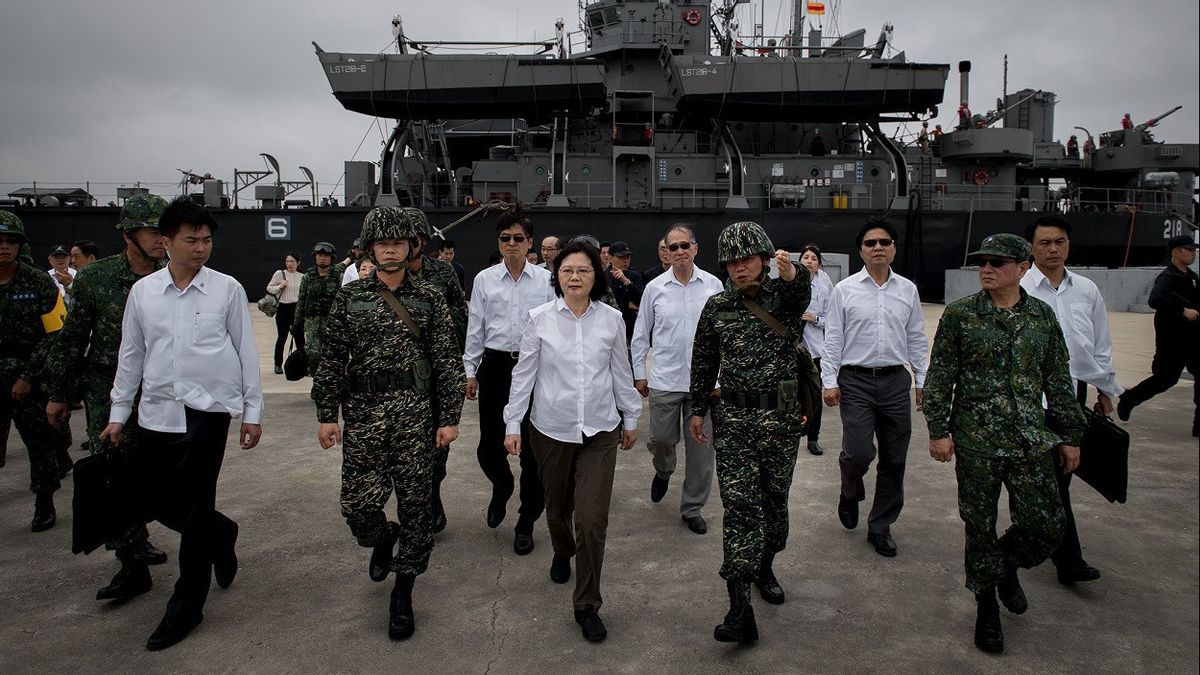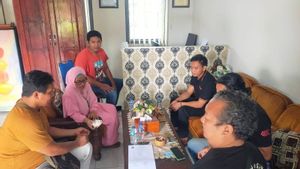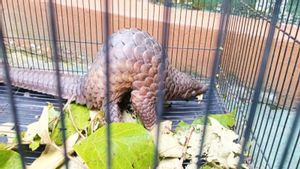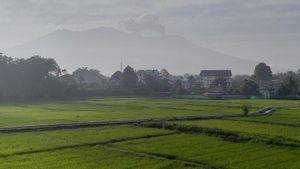JAKARTA - Taiwan is developing missiles that can strike enemy airbases and drop cruise missiles, as well as drones that can target their firing locations, according to a report by the military-owned agency that makes the weapons.
Taiwan last year approved 240 billion Taiwan dollars, in additional military spending over the next five years, as tensions with China, which claims the island as its own, have reached new heights.
It is known that Chinese military aircraft have repeatedly flown through Taiwan's air defense identification zone, also known as ADIZ.
Taiwan plans to more than double its annual missile production capacity to near 500 this year, the island's defense ministry said last month, as the country ramps up its fighting force.

In a report to a parliament whose copy was reviewed by Reuters, the military's National Chung-Shan Institute of Science and Technology offered more details on what the missiles and drones it is developing in war could do.
The Hsiung Sheng ground attack missile, which experts say can have a range of up to 1,000 km, comes in two versions: one with a high-explosive warhead to hit hardened bunkers and command centers, and the other with 'deployment' munitions to destroy airfield facilities.
Chieh Chung, a researcher at the Taipei-based National Policy Foundation, said Hsiung Sheng could reach most bases under the People's Liberation Army (PLA) Eastern Theater Command, including those near Shanghai and China's Zhejiang Province.
"This could greatly increase the capacity of the national army to delay or stifle the advance of the Communist forces' invasion of Taiwan, making it difficult for them to achieve a speedy war", he explained, as reported by Reuters on April 22.

Meanwhile, the advanced Sky Bow III surface-to-air missile is designed to take down ballistic and cruise missiles, as well as fighter jets.
Taiwan's plans predate Russia's invasion of Ukraine, but the war has prompted a conversation about lessons Taiwan can apply to counter a Chinese offensive, including how Ukraine counters a numerically superior force.
A Taiwan-based Western security source told Reuters that while Taiwan is getting equipment such as the Harpoon anti-ship missile from the United States, its own missile program will help ensure the island doesn't have to rely on foreign supplies as Ukraine has.
"This is a hedging strategy", said the source, who spoke on condition of anonymity.
The agency said the drones, which Ukraine has used to exert considerable influence over Russia's military, could strike enemy missile launch sites or act as decoys to help pinpoint enemy radars.
Four new facilities, including a base and a repair plant, will be built by 2025 for the new drones, he continued.

Earlier, the Defense Ministry had announced plans to start producing an unspecified attack drone, with an annual production target of 48 such aircraft.
Little has been disclosed about domestically produced drones. The first batch of US-made MQ-9 Reaper drones, which can be armed with missiles and operate over long ranges, will enter service with Taiwan in 2025, the Defense Ministry said last month.
It is known that about 64 percent of Taiwan's extra military spending, which exceeds Taiwan's planned military expenditure of 471.7 billion Taiwan dollars for 2022, will be spent on anti-ship weapons such as land-based missile systems, including plans for mass production of high-performance missiles and ships worth 148.9 billion Taiwan dollars.
Taiwanese President Tsai Ing-wen has made military modernization a top priority, pushing for defense projects including a new class of stealth warships and homemade submarines.
VOIR éGALEMENT:
In addition, President Tsai has championed what she calls "asymmetric warfare": developing high-tech, highly mobile weapons that are difficult to destroy and can deliver precision strikes.
Taiwan believes China has thousands of missiles aimed at its territory, and Chinese forces dwarf Taiwan's forces. China also has nuclear weapons, which Taiwan does not have.
China has never ruled out using force to bring the democratic island under its control.
The English, Chinese, Japanese, Arabic, and French versions are automatically generated by the AI. So there may still be inaccuracies in translating, please always see Indonesian as our main language. (system supported by DigitalSiber.id)













